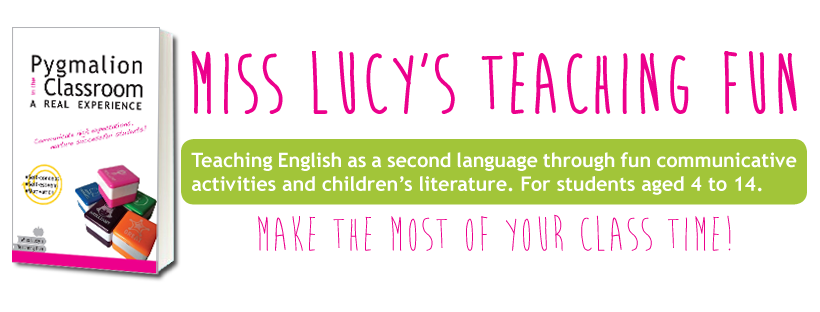Many of
you, both parents and teachers involved in the IB world, have probably heard
about the phrase TRANSDISCIPLINARY LEARNING, especially if your children or
students are enrolled in grade 2 to 6 of the PYP (Primary Years Programme).
 |
You have
probably noticed how fun it is for PYP students to attend their lessons, how
eager they are to learn and actively participate. Well, that’s because their
curiosity, questions and voice are constantly taken into account and given a
lot of space. A practice which is possible thanks to the absence of boundaries
that subjects tend to set.
Besides,
students are constantly integrating and connecting prior and new knowledge with
experience, something that broadens their understanding of the world in a
meaningful way.
In order to
do so, the Primary Years Programme presents 6 transdisciplinary themes (we are
going to see them more in depth in the next post) that provide a starting point
for students’ exploration:
1) 1) Who we are
2) 2) Where we are in place and time
3) 3) How we express ourselves
4) 4) How the world works
5) 5) How we organize ourselves
6) 6) Sharing the planet
Now, this doesn’t mean, that curricular requirements can be ignored or avoided because we don’t focus our teaching on subjects. On the contrary, what happens is that homeroom teachers and specialists work together to a cooperative planner where they make sure that different topics of different subjects are covered in a transdisciplinary way and constantly aiming at the main transdisciplinary theme.
In fact, the PYP curriculum establishes six distinct subject knowledge areas: language, mathematics, science, social studies, arts, and physical, social, and personal education. These foundational knowledge domains serve as the building blocks for students' education. Importantly, they provide the necessary tools and perspectives for students to delve into the exploration of the Transdisciplinary Themes. Together, they create a comprehensive and interconnected framework for holistic learning.
Picture's credit: Darian-Smith, Eve & McCarty, Philip. (2016). Beyond Interdisciplinarity: Developing a Global Transdisciplinary Framework *. Transcience Journal. 7.
Read this post in Spanish --> El aprendizaje transdisciplinar en el aula del PEP





















